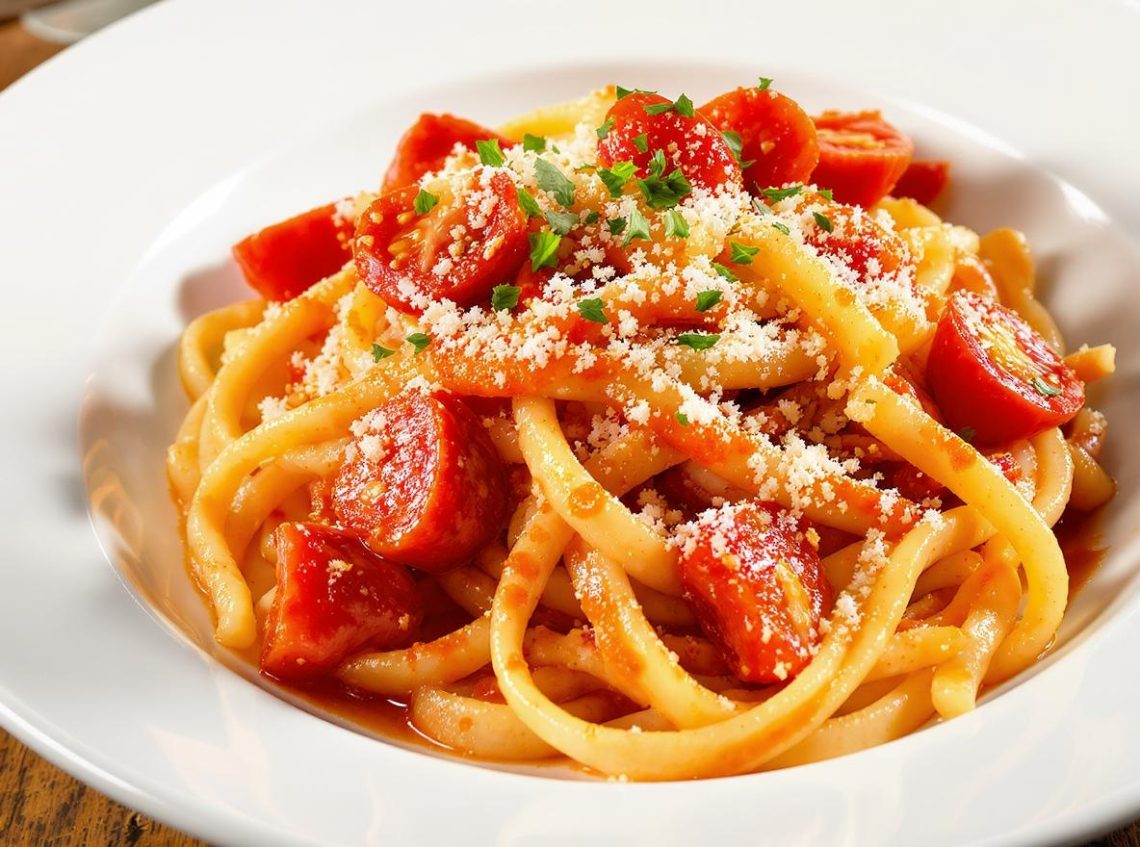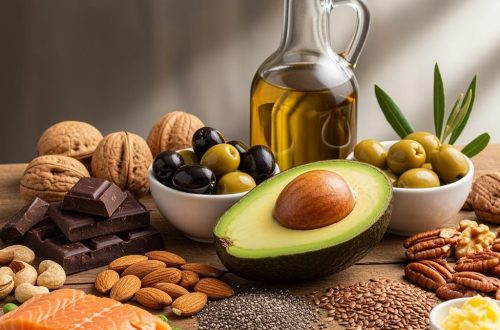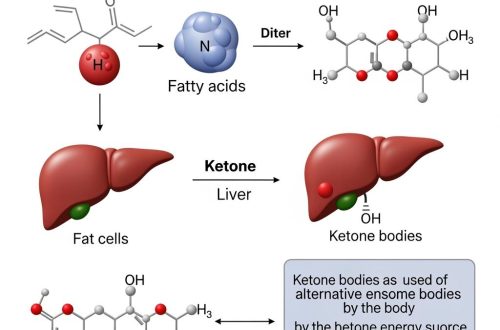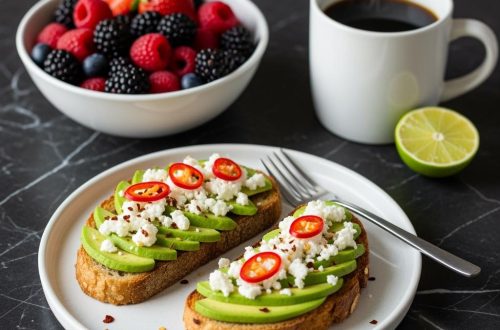Your Guide to DIY Low-Carb Noodles
When I first started my keto journey, I thought I’d have to say goodbye to pasta forever. The thought of never again twirling spaghetti around my fork or slurping up a comforting bowl of ramen felt devastating. But here’s what I discovered: with a little creativity and some kitchen experimentation, you can make incredibly satisfying pasta alternatives right at home that’ll fool your taste buds and keep you firmly in ketosis.
After months of trial and error (and some spectacular kitchen disasters), I’ve perfected several homemade keto pasta recipes that actually taste amazing. Let me share these game-changing alternatives that have saved my sanity and my diet.
The Foundation: Understanding Keto-Friendly Ingredients
Before we dive into specific recipes, let’s talk about the building blocks of great keto pasta. Traditional wheat pasta is obviously off the table with its sky-high carb content, but nature and food science have given us some fantastic alternatives.
Eggs become your best friend in the keto pasta world. They provide structure, protein, and that satisfying chewiness we crave. Cheese, particularly mozzarella and cream cheese, adds richness and helps bind everything together. Various low-carb flours like almond flour, coconut flour, and psyllium husk powder create the right texture without the carbs.
The secret I’ve learned is that keto pasta isn’t about perfectly replicating traditional pasta—it’s about creating something delicious in its own right that satisfies that pasta craving.
Fathead Pasta: The Crowd Pleaser
This has become my go-to recipe when I need something quick and reliable. Fathead pasta uses the famous fathead dough base that’s popular in keto pizza crusts, but adapted for noodles.
Start by melting two cups of shredded mozzarella cheese with two ounces of cream cheese in the microwave, stirring every 30 seconds until smooth. While it’s still warm and pliable, work in one beaten egg and three-quarters cup of almond flour, along with a pinch of salt. The dough should be smooth and slightly sticky.
Roll this out between two pieces of parchment paper until it’s about an eighth of an inch thick. Using a pizza cutter or sharp knife, slice into your desired noodle width. I usually go for fettuccine-style strips about half an inch wide, but you can make them as thin or thick as you prefer.
Boil these noodles in salted water for just two to three minutes—any longer and they’ll fall apart. The texture is surprisingly close to regular pasta, with a slight chewiness and a mild cheese flavor that works beautifully with both creamy and tomato-based sauces.
Fathead Pasta
While you can buy shirataki noodles at the store, making your own konjac noodles gives you complete control over the process and eliminates that sometimes off-putting smell that store-bought versions can have.
You’ll need konjac flour, which you can order online. Mix two tablespoons of konjac flour with two cups of water and a teaspoon of lime water (calcium hydroxide). Whisk vigorously to avoid lumps, then bring the mixture to a boil while stirring constantly. The mixture will thicken dramatically.
Pour this into noodle molds or use a funnel to create long strands directly into boiling water. Let them cook for about ten minutes, then rinse thoroughly. These noodles are virtually carb-free and have an amazing ability to absorb whatever flavors you pair them with.
Egg-Based Fresh Pasta
Sometimes you want that fresh, homemade pasta experience, and this egg-heavy version delivers exactly that. It’s probably the closest thing to traditional fresh pasta you’ll get on keto.
Combine six egg yolks with two whole eggs in a bowl. Add half a cup of almond flour, two tablespoons of psyllium husk powder, and a teaspoon of xanthan gum. Mix until you have a cohesive dough that’s not too sticky to handle.
Knead this dough for about five minutes until it becomes smooth and elastic. Let it rest for thirty minutes wrapped in plastic. Then roll it out as thin as possible—a pasta machine works great here if you have one, but a rolling pin will do.
Cut into your preferred shapes and cook in boiling salted water for just two to three minutes. This pasta has an incredible texture that’s almost indistinguishable from the real thing, especially when tossed with a good sauce.
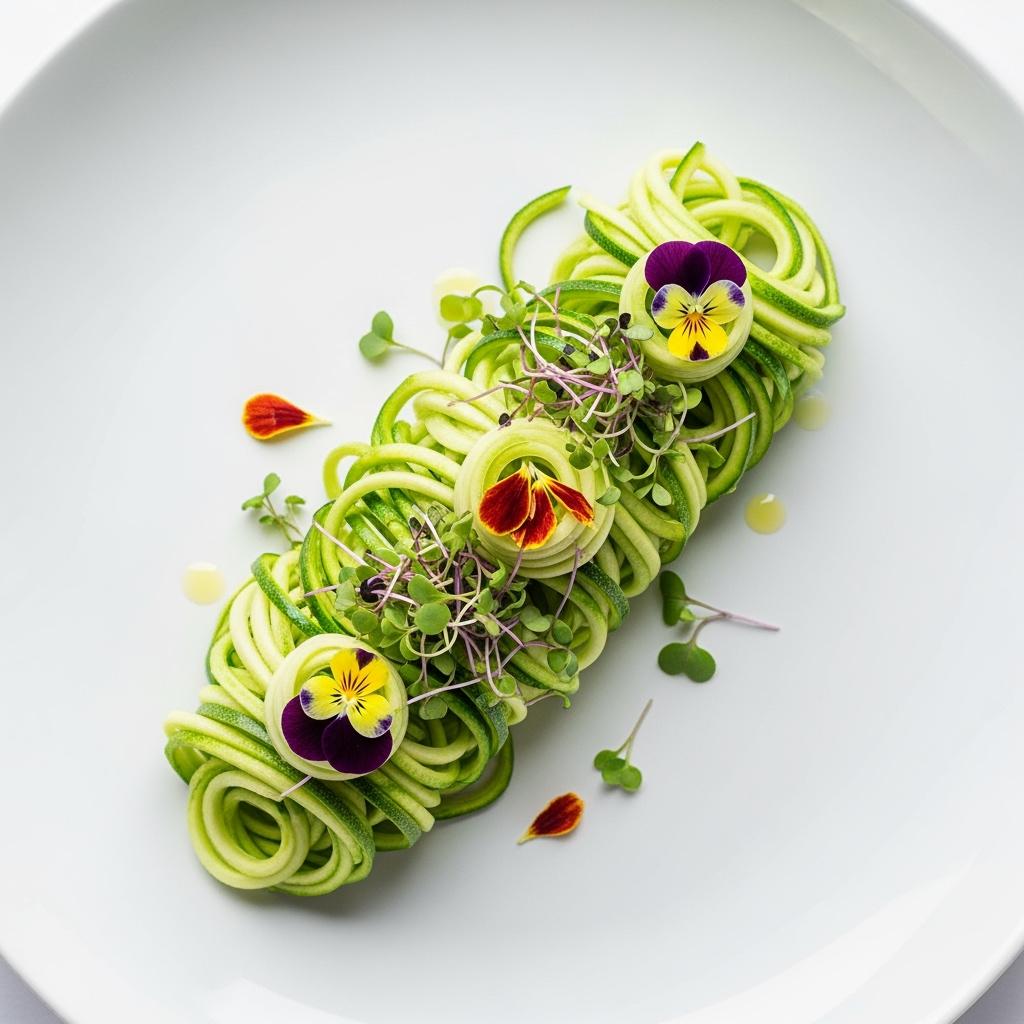
Zucchini Noodles, Elevated
I know, I know—everyone talks about zucchini noodles. But most people don’t prepare them properly, which is why they often end up watery and disappointing. Here’s how to make zucchini noodles that actually satisfy.
The key is drawing out the moisture before cooking. After spiralizing your zucchini, toss the noodles with salt and let them sit in a colander for at least thirty minutes. Then squeeze them dry with paper towels or a clean kitchen towel.
For the best texture, sauté them quickly in a hot pan with a little olive oil for just one to two minutes. They should still have some bite to them. Season with garlic, herbs, and pepper, and you’ve got noodles that hold their own against any sauce.
Cabbage Lasagna Sheets
When I’m craving lasagna, I use blanched cabbage leaves as my pasta sheets. Choose a large head of cabbage and carefully peel off the outer leaves. Blanch them in boiling water for just two minutes until they’re pliable but not mushy.
Pat them completely dry and trim the thick stem portion. These work incredibly well in lasagna, absorbing flavors while maintaining structure. The mild cabbage taste becomes almost unnoticeable once it’s layered with rich cheese and sauce.
Tips for Success
After making countless batches of keto pasta, I’ve learned some crucial lessons. First, don’t overcook anything—keto pasta alternatives tend to fall apart more easily than wheat pasta. Second, always have your sauce ready before you start cooking the noodles, since timing is more critical.
Salt your cooking water generously, just like you would with regular pasta. This seasons the noodles from the inside out. And don’t be afraid to experiment with ratios and ingredients—every kitchen is different, and what works perfectly for me might need slight adjustments in yours.
Making It Work for You
The beauty of making your own keto pasta is that you can customize everything to your preferences. Like your noodles with more bite? Reduce the cooking time. Prefer them softer? Add an extra minute. Want more richness? Increase the cheese content in fathead pasta.
These homemade alternatives have completely changed my relationship with keto. Instead of feeling deprived, I feel creative and satisfied. There’s something deeply satisfying about pulling a batch of fresh, homemade keto pasta from boiling water, knowing that it fits perfectly into your nutritional goals while delivering genuine comfort and pleasure.
The initial learning curve might seem steep, but once you master one or two of these techniques, you’ll find yourself reaching for the ingredients to make fresh pasta rather than settling for less satisfying alternatives. Your taste buds—and your macros—will thank you.
